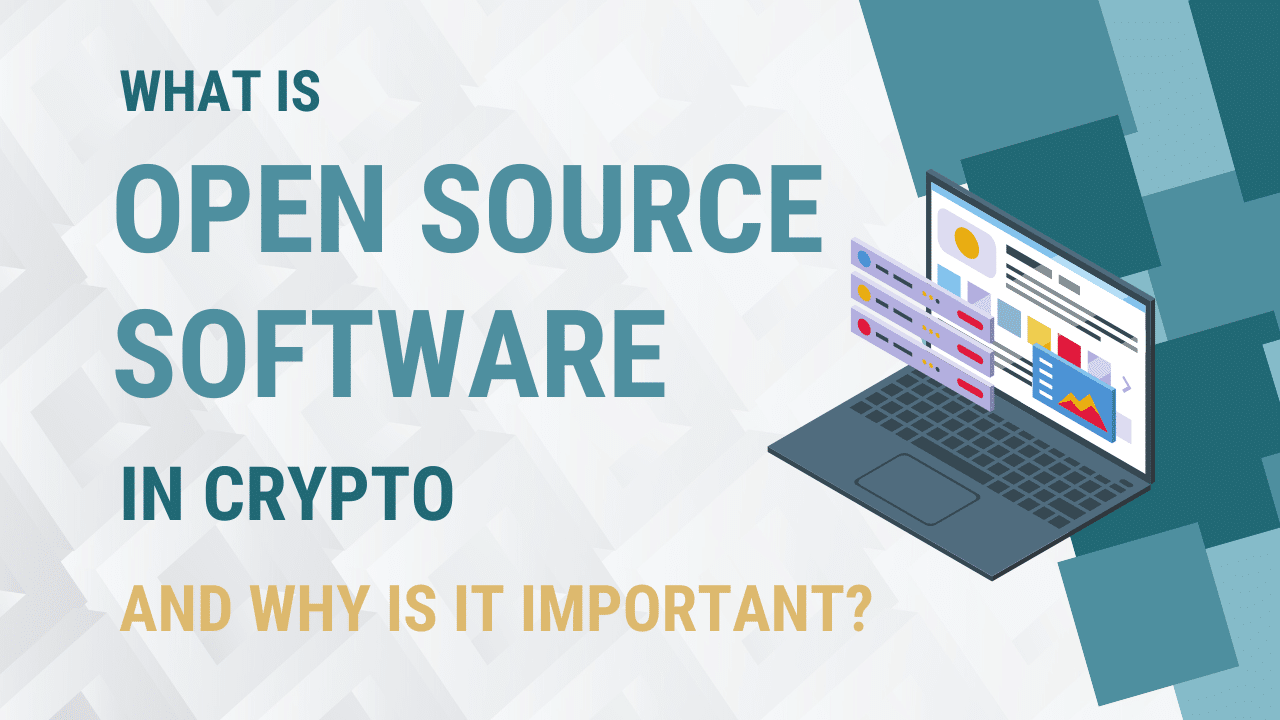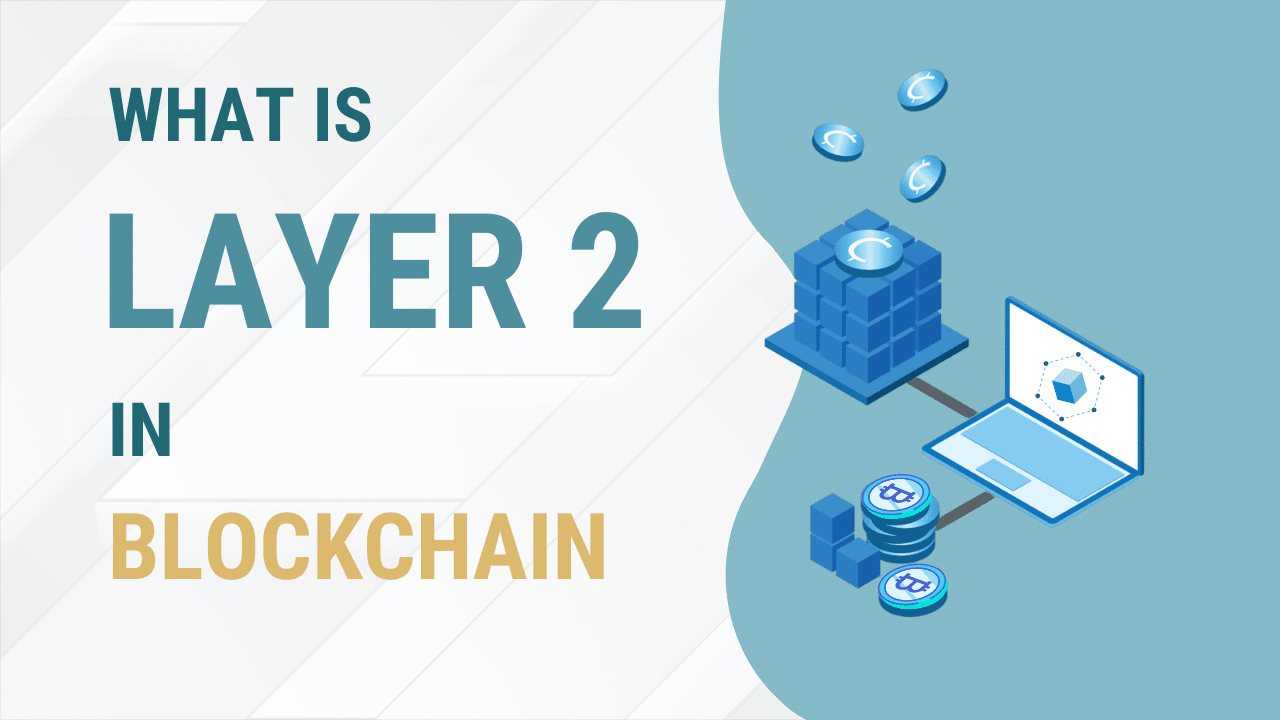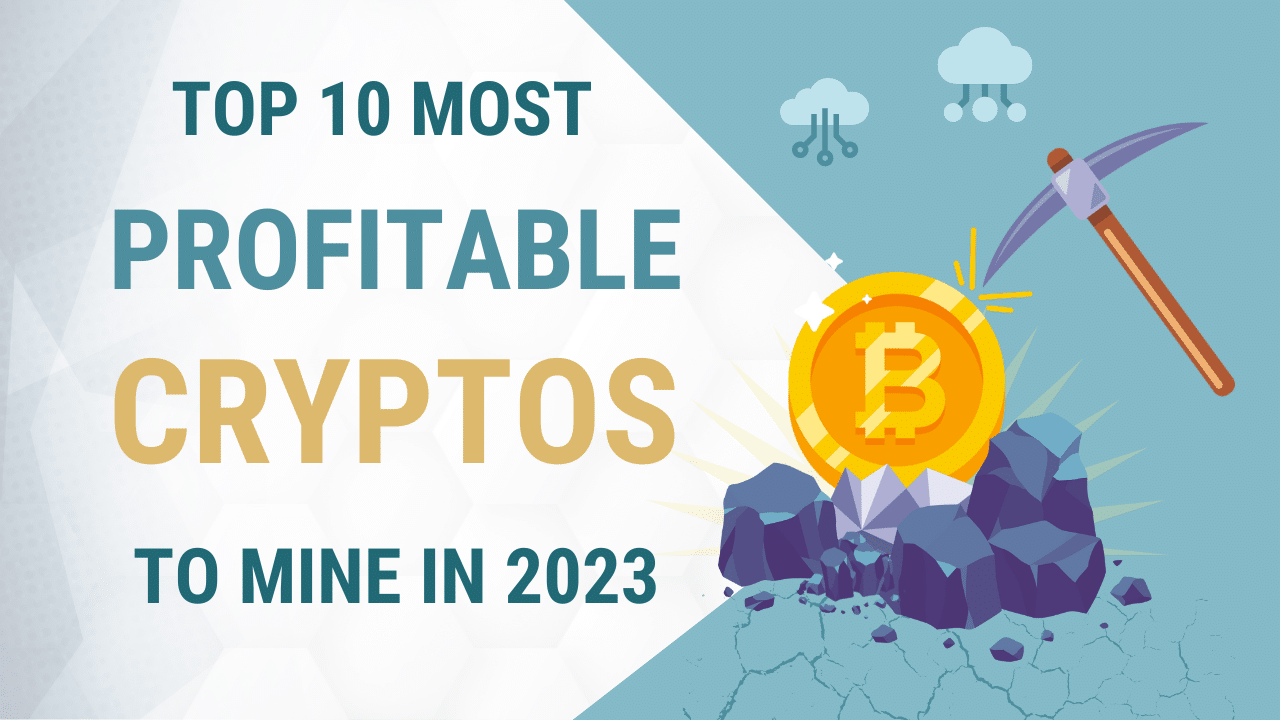If you’re learning about cryptocurrency, you’ve probably got tons of questions about its application in real-life situations. For example, you might have asked yourself, “why isn’t it possible for me to buy my morning coffee with cryptocurrency yet?”
The answer seems simple: it’s because crypto transactions can take anywhere from 15 seconds to a few minutes to complete. But why is that the case?
To understand why blockchain transactions are so slow, we have to examine the fundamental architecture that allows them to work. The base layer of this architecture is called a layer 1 blockchain and will be the focus of this article.
But what is a layer 1 blockchain, you ask?
Keep reading to find out!
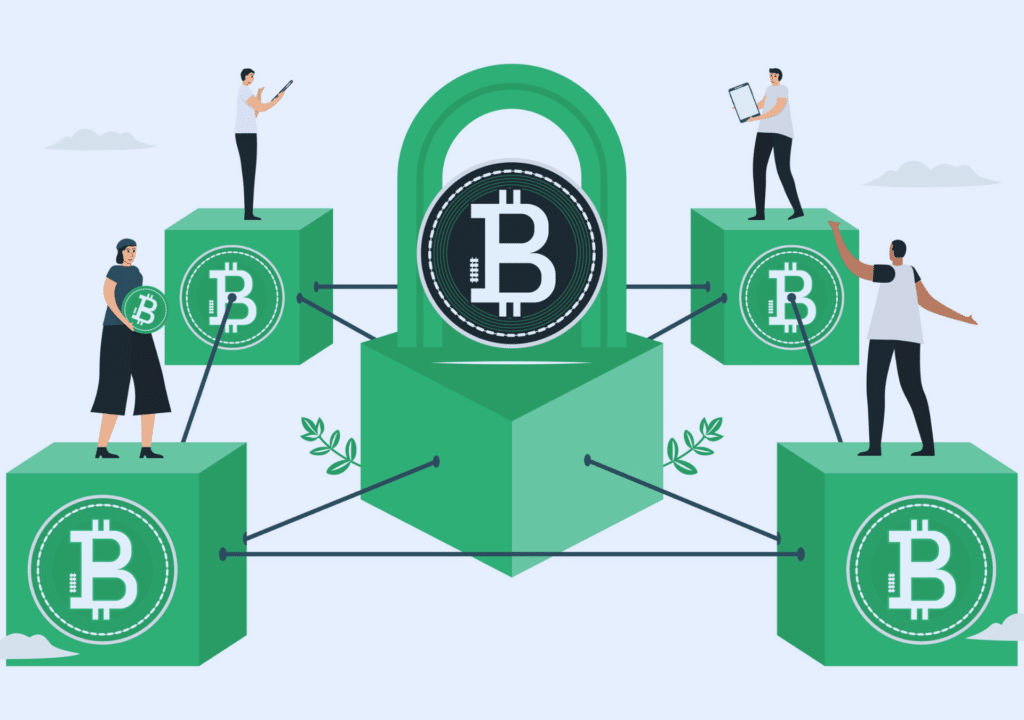
What is a Layer 1 Blockchain?
A layer 1 blockchain is another name for a base blockchain. These blockchains contain only the base level of blockchain architecture. Bitcoin (BTC), Ethereum (ETH), Solana (SOL), and BNB Smart Chain (BNB) are all layer one protocols.
Layer 1 blockchains are unique because they are built to act as independent entities. They have the capability to validate and execute transactions without relying on any other chain to help them. They also have their own native cryptocurrencies that they reimburse transaction fees with.
For example, Ethereum has its own native cryptocurrency, Ether, and runs independently of any other blockchains or systems.
Layer 1 Blockchain Examples
The following examples represent the top layer 1 blockchain that powers the majority of decentralized applications, or Dapps.
Bitcoin: Bitcoin’s layer 1 is the first blockchain ever created. It secures the world’s largest and oldest cryptocurrency. It is also top-ranked with a market cap of $367 billion.
Bitcoin operates using proof-of-work (PoW) to verify new transactions. It is also arguably the most difficult cryptocurrency to mine because of the computational power it requires to validate its blocks. It’s considered to be the most secure decentralized platform available, but processing times remain high. One transaction can take anywhere from 15 minutes to an hour for validation.
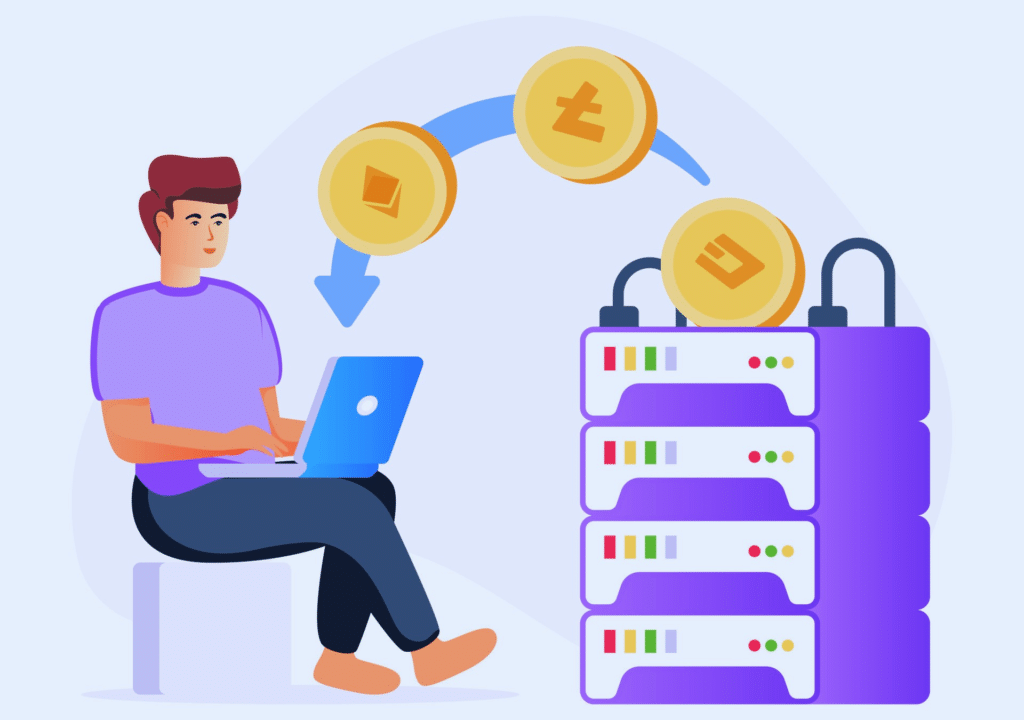
Ethereum: The second largest layer 1 network, Ethereum introduced smart contracts with its debut. This made it more dynamic than its predecessor, allowing it to become much more than just a mining or payment platform.
Smart contracts are self-executing programs that use pre-set conditions to determine if a transaction should be verified. If all of the conditions are met, the transaction is added to the blockchain.
Initially, Ethereum used a PoW consensus mechanism. Recently, though, it transitioned to using proof-of-stake (PoS) in order to reduce its total energy consumption. The transition (called the Merge) took place on September 15th, 2022, and decreased their total energy usage by about 99.95 percent.
Cardano: Cardano is famous for being one of the most successful proof-of-stake blockchains out there. It’s known for having cheap gas fees, highly effective decentralization, and the ability for users to generate a passive stream of its coin, ADA. It also introduced a new level of speed to PoS protocols, validating more than 250 transactions per second compared to Ethereum’s 15.
Layer 1 Scaling and the Blockchain Trilemma
Layer 1 blockchains often lack scalability compared to other transaction-processing payment systems. Visa, for example, processes at least 1700 transactions per second while Bitcoin and Ethereum cap out at around 5 and 15 transactions respectively.
But why is this the case?
To understand the massive difference in processing power, it’s important to understand how each example above operates.
As you’re aware, Visa allows you to walk into an establishment and make a purchase within seconds. This is possible because Visa “loans” you the money you need in order to put the transaction through. Then, it registers as pending over the next few days while they verify your transaction and take the money from your account.
This can happen because the currency involved in the process is centralized. If Visa completes the transaction and you end up not having the money in your account, your bank can charge you an overdraft payment. If you do not pay the overdraft fee, your credit score will be affected.
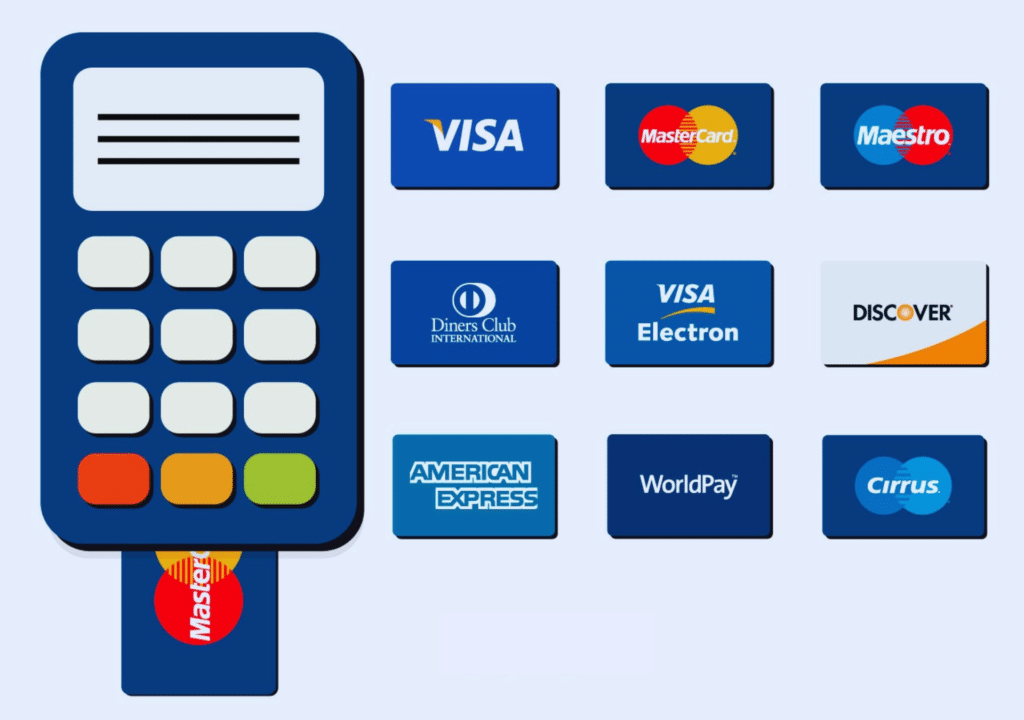
In essence, with centralized currency, there are always consequences to hold you accountable and prevent you from spending money you don’t have.
With blockchain, this is not the case. Because the currency is not centralized, the transaction must be verified before you can spend your crypto. Moreover, blockchains have to access their entire database to verify a single transaction before a new block is added.
Because this process is so intensive, it limits processing speeds so that only a few transactions per second can be approved.
This issue is the basis of the blockchain trilemma.
The Blockchain Trilemma
In order to be successful, every blockchain needs to have the same three properties:
- Decentralization: The blockchain is not controlled by a central authority like the government or the banks. Instead, a distributed network of computers and peer-to-peer protocols govern it. This is why blockchain is referred to as decentralized finance (DeFi).
- Security: The blockchain is able to resist a cyber attack on at least 51% of its nodes simultaneously. New blocks cannot be added without first passing through the blockchain’s consensus mechanism to ensure they are true and correct.
- Scalability: The chain can grow to support transactions as they increase in volume.
A blockchain that has all three of these properties is considered to be highly successful. However, according to the trilemma, a blockchain can only have two of the three properties at a time.
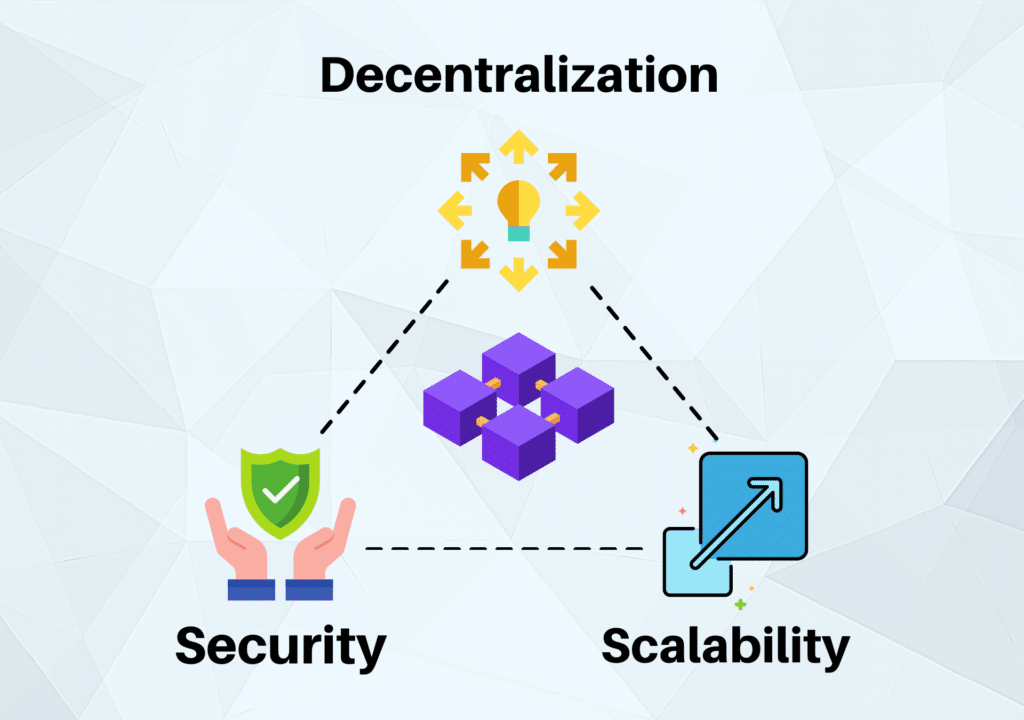
Approaches to Solve the Blockchain Trilemma
From the moment the blockchain trilemma concept was introduced, crypto experts have proposed measures to address and overcome it.
For some of these measures (like Segregated Witness or SegWit), only the code of the blockchain changes, and the overall chain can still be used. Others, however, like changes to the blockchain’s consensus mechanism, can split the chain and affect the value of its cryptocurrencies.
Most of the measures proposed to solve the blockchain trilemma are separated into two categories: soft forks and hard forks. Soft forks are like SegWit, where the blockchain is the same overall with just a few minor changes. Hard forks are the opposite, where the blockchain itself is changed so drastically that it affects the supported cryptocurrencies.
Let’s look at a few of these methods in detail:
SegWit
SegWit, or segregated witness, is a verification method that was initially designed to increase blockchain security. However, because of the way SegWit operates, it inadvertently addressed the scalability of the blockchain as well.
In order to understand how SegWit helps, though, it is important to first understand how a layer 1 blockchain operates without it.
To begin, all transactions that take place on a blockchain have three main components: the sender (or input), the receiver (or output), and the digital signature (authentication).
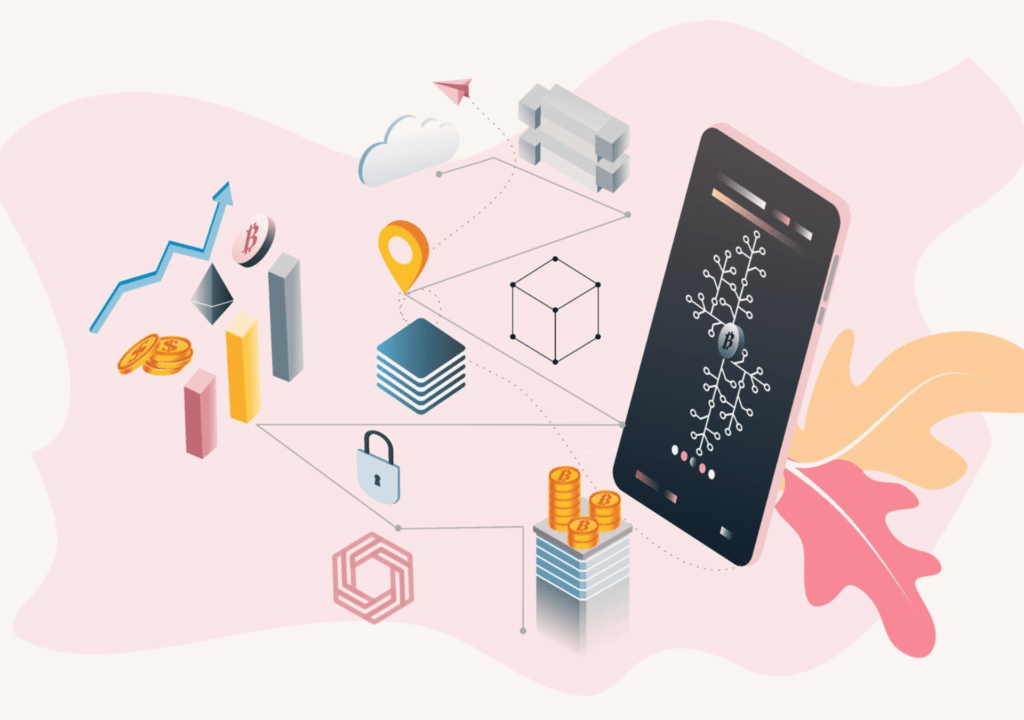
Let’s look at a blockchain transaction like writing a check.
Whenever you write a check to transfer funds to someone else, you must sign it before you hand it off. If the check is signed, you can not deny or dispute the transfer because the signature proves it is authorized. Similarly, the check cannot be cashed if it doesn’t have your signature. This is because the lack of a signature proves it is not authorized. The receiver of the check must also sign the back to prove it is valid.
In a blockchain, transferring cryptocurrency works much the same way. Once you decide you want to transfer funds, you must put your digital signature on the transaction to prove it is authorized. The funds then go to the receiver, who must sign digitally to complete the transaction
And while this verification method looks foolproof, there are methods for malpractice—the same way people can commit check fraud.
This is where SegWit comes in.
How SegWit Works
SegWit is a type of network upgrade that separates the signatures from the main block. This both increases blockchain security and allows the chain to process more transactions.
So now, instead of having only the main operational block, there are two operational blocks: the main block and the SegWit block.
Essentially, the SegWit block moves the digital signatures and other authorization data off of the main block. And since this type of data makes up 65% of a transaction’s total size, this frees up a ton of space on the main block for transaction processing.
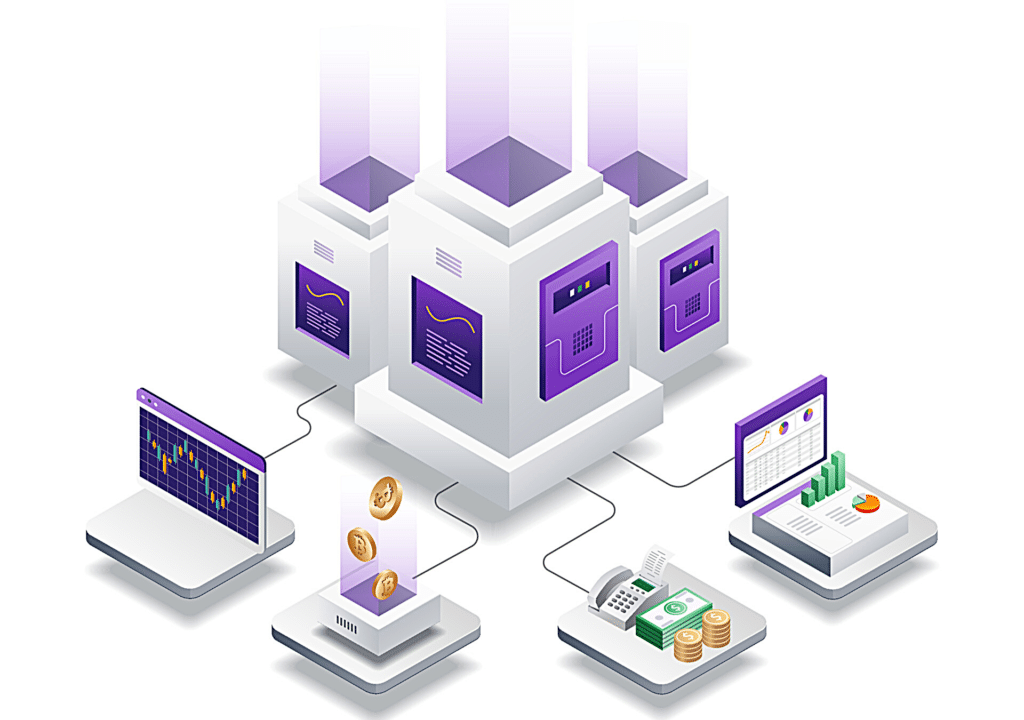
Change the Consensus Mechanism
In a blockchain, the consensus mechanism is what determines how a block is proven to be valid and true. They work to protect the blockchain from digital attacks and ensure that fake or incorrect transactions cannot be validated and added to the chain.
Currently, many layer 1 blockchains operate on a Proof of Work (PoW) consensus mechanism. With PoW, miners use their computers to solve complicated blockchain equations and add new transactions to the chain. Each time they add a new transaction, they get a certain amount of cryptocurrency to compensate them for their time.
The mechanism helps a blockchain operate because it pays users for contributing to the network. Unfortunately, it also limits scalability and quickly wears down your computer hardware.
For these reasons, Ethereum recently opted to move to a Proof of Stake (PoS) consensus mechanism. With this mechanism, validators are randomly chosen to create new blocks.
By changing the consensus mechanism, you can solve some of the issues caused by proof of work. However, this process is complicated and isn’t an ideal permanent solution to the trilemma.
Layer 1 Sharding
Layer 1 blockchains may have issues with scalability, but they do have mechanisms in place to help minimize the problem. Sharding in layer 1 is an excellent example of this.
Layer 1 sharding splits a blockchain into smaller subsets called shards. Each of these shards is then assigned a set of transactions to process. This way, each shard can process transactions simultaneously instead of one by one.
For example, let’s say you have 100 transactions to verify and each transaction takes one minute to complete. Without sharding, each transaction must be verified one by one. At one minute apiece, this would take 100 minutes or just under 2 hours.
However, with sharding, you could verify 10 transactions at the same time by assigning one to each shard. With this method, verifying 100 transactions would only take 10 minutes instead of nearly 2 hours!

Layer 1 Vs. Layer 2
So, now that you know about layer 1 blockchains, there’s one more question to be addressed: what is the difference between layer 1 and layer 2?
As we saw earlier, layer 1 in blockchain has a major fault: the trilemma. Essentially, a layer 1 blockchain can only satisfy 2 out of the 3 major blockchain requirements. These requirements are scalability, security, and decentralization.
This is where layer 2 comes in.
Layer 2 frameworks add additional chains outside the main change to increase processing power. This way, the main change holds only a summary of the transactions completed. It’s the off-chains (chains outside the primary one) that actually do all the processing.
This small modification may seem like a small change (it’s very similar to sharding, after all), but it makes an incredible difference in a blockchain’s scalability and processing speed.
Final Thoughts
Blockchain may have begun with layer 1, but as the world of cryptocurrency has developed and exploded with popularity, it has become clear that layer 1’s struggle to keep up with the increased load.
To offset this issue, cryptocurrency experts have developed several solutions to address the blockchain trilemma. Some of these solutions include SigWit, sharding, and upgrading to layer 2.
If you’re interested in learning more about blockchains and how they work, be sure to check out Dypto’s Enter the Blockchain graphic module! Or, check out our blog for more amazing topics!
Dypto out!
Want to join the Dypto journey? Follow our socials!
